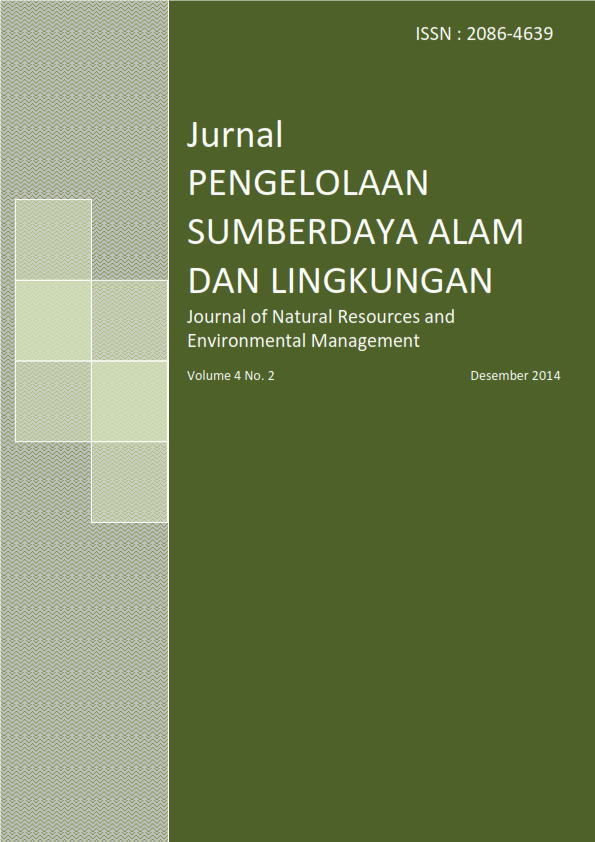EVALUASI LAHAN FISIK DAN EKONOMI KOMODITAS PERTANIAN UTAMA TRANSMIGRAN DI LAHAN MARJINAL KERING MASAM RANTAU PANDAN SP-4, PROVINSI JAMBI
Abstract
Most of the land used for transmigration resettlement activities outside of Java Island is marginal land that requires highproduction inputs and susceptible to degradation. One of the need to be taken into consideration in the choice of location is land suitability. The objective of this study is to determine the land suitability of agricultural transmigration area with a case study of Transmigration Settlement Unit (UPT) of RantauPandan SP-4, Jambi Province, for cultivation of food crops, vegetables and perennial crops and analyse the level of biophysical and economical feasibility of several commodities. The actual land suitability assessment for the three agricultural commodities indicate the dominance land suitability classes of S3 (marginally suitable) with terrain, nutrient retention and nutrients available become dominant limiting factors. Economic land suitability analysis indicate that the biggest gross margin is rubber, while the smallest is rice. Results of analysis are used to determine the spatial land use recommendations on transmigration location. Results of analysis are not always in line with the transmigration pattern of land allocation. Nonetheless, these results suggested to be applied, for considerations of land conservation as well as farmers' welfare.
Keywords: land suitability, automated land evaluation system, land quality, land characteristicAuthors
Authors who publish with this journal agree to the following terms:
- Authors retain copyright and grant the journal right of first publication with the work simultaneously licensed under a Creative Commons Attribution License that allows others to share the work with an acknowledgement of the work's authorship and initial publication in this journal.
- Authors are able to enter into separate, additional contractual arrangements for the non-exclusive distribution of the journal's published version of the work (e.g., post it to an institutional repository or publish it in a book), with an acknowledgement of its initial publication in this journal.
- Authors are permitted and encouraged to post their work online (e.g., in institutional repositories or on their website) prior to and during the submission process, as it can lead to productive exchanges, as well as earlier and greater citation of published work (See The Effect of Open Access).






